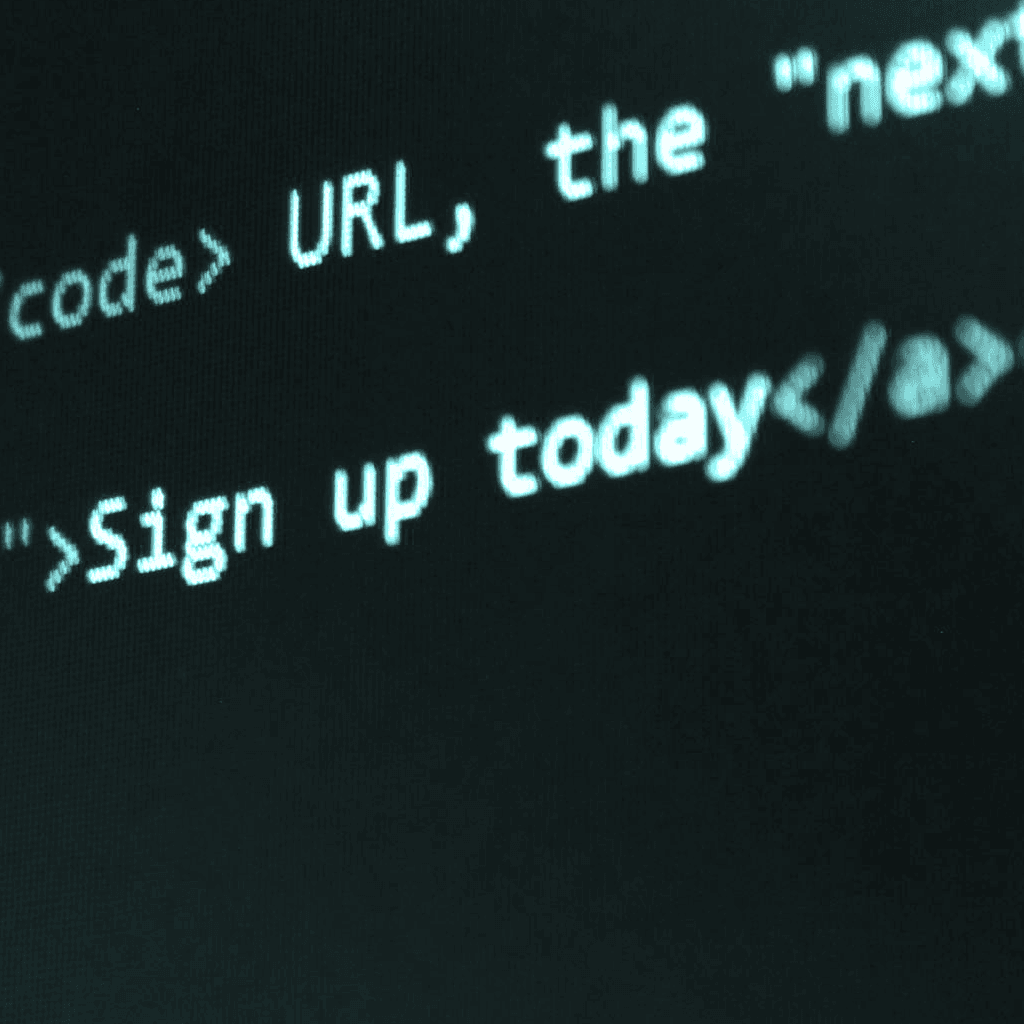While linked anchor text may seem insignificant, these words and phrases make a big impact on your website’s rankings and the user experience. I’m happy to say that the days of generic ‘click here’ prompts are over, and Google’s published update on linking best practices settles the conversation once and for all. This new update confirms that Google is looking for anchor text—and not just any link text will do. The new guidelines hold that “the better your anchor text, the easier it is for people to navigate your site and for Google to understand what the page you’re linking to is about.” If you haven’t put much thought into your website’s linking strategy, there’s no better time than when Google reiterates its importance.
If you aren’t sure where to start, let’s walk through some types of anchor text and learn how to optimize your site to help search engines and your readers get the most out of your content.
Types of Anchor Text
While most website owners know that backlinks and link building improve search engine optimization (SEO), stuffing links into text often results in unpleasant, spammy content. Google has finally confirmed, “There’s no magic ideal number of links a given page should contain.” So, whew, we’re all off the hook. Instead of cramming links in to achieve a particular number, think about helping the reader as you write, and use a mix of anchor text types to craft content with readable natural language that search engines—and readers—value.
Exact Match Anchor Text
Anchor text is an exact match when the hyperlinked words repeat the keyword of the linked page. This is probably the easiest anchor text to craft because if SEO best practices are in play, the keyword(s) to use for your anchor text are right there in the URL. Just beware of too-long text. If the URL happens to be extra wordy, edit it (you have my full permission). Just keep in mind what words are important and cut the rest. The copy example below, which includes a link for ‘content marketing’ that routes to a page of the same name seems simple because it is; exact-match anchor text should be a close match and take far less consideration than other link phrases.
Partial Match Link Text
Unlike an exact match, partial match anchor text uses the keyword targeted in the linked page plus extra terms to give it context. Google rewards more descriptive anchor text—if you can read it out of context and understand where the page may lead, you’ve done your job. In the example below, the page for SEO is the target, and the word ‘experts’ has been added to the anchor for clarity.
Related Keywords
Anchor text written with related keywords is similar to a partial match, but it doesn’t include the exact keyword. Choosing secondary or closely related keywords is a good move if you want to link to a relevant page using words that fit best within the content (without changing the description of the link too much). The content below used the phrase ‘blog for your ecomm site’ as link text to a post about an e-commerce content strategy. Users understand what content they can expect to find, and the anchor text is a concise, well-crafted fit for the sentence.
Branded Anchors
Branded anchors are a little like exact matches, meaning they take some guesswork out of deciding what text fits best, but these will include the domain or brand name whether or not it’s represented in the URL. I prefer to use branded anchor text when linking directly to a company’s website or citing a source, as shown below:
Brand Plus Keyword Anchors
Sometimes it’s nice to be clear that a branded anchor won’t take a reader to the home page of the linked source. When you want to differentiate, add a keyword to further explain where clicking will take the reader. In the snippet below, ‘Contact’ has been added to the brand term ‘Eight Oh Two’ to offer a more precise destination—the contact page.
Naked Anchor Text
Anchor text is considered naked when it appears as a URL in the text. I’d suggest using these with discretion and sparingly because these do tend to interrupt the reader’s rhythm. Tacking these onto the end of a sentence or article can be a handy redirect for customers or clients to find additional information, and if you want them to remember the exact URL, writing it out in your anchor text certainly helps. These anchors can be shortened versions of URLs (as shown below) or they can appear as an SEO-friendly version, such as https://joybyte.com/.
Generic Anchor Text
Generic, also called organic, anchor text does not include any keywords—related or otherwise. One thing to remember when choosing generic anchor text is that Google and readers are gaining context from the sentences leading up to the link, so if you must use a generic anchor, make sure the rest of the sentence is relevant and informative. While this style of anchor text is often used on graphic elements, such as “click to expand” on an FAQ drop-down, it can also be deployed successfully in copy where other verbiage may seem redundant, like this:
How To Optimize Anchor Text
Our explanation of the types of anchor text likely gave you some ideas about how to incorporate hyperlinks into your copy naturally. Hewing to SEO best practices for hyperlinks helps search engines and visitors understand the link context. Google uses the information to get an idea of the relevance of the link and the structure of related pages and readers set expectations for link destinations using the anchors’ text.
To achieve successful linking, write using anchors that are:
- Concise (five or fewer words is a good general rule)
- Relevant to the linked pages; importantly, they should lead where the reader expects to go
- Balanced in keyword density (not overstuffed)
- Variable in type and length
- Reserved for the best opportunity (not every opportunity)
- Original, even for similar target pages
What Anchor Text Communicates
When the anchor text is optimized, search engines and visitors get a better understanding of what to expect from the linked page. These informative links allow visitors to move from one page to another, learning all you have to offer about a certain topic. When links aren’t clearly labeled, readers are less likely to click through to additional reading, and those who do may exit when a link leads to an unexpected destination. Properly formatting hyperlinks prevents confusion and keeps visitors happy, converting blog readers into customers.
Good anchor text practices also help search engines by telling them:
- To crawl a linked page if it is new or unindexed
- The website’s structure and how pages are related
- The relevance and credibility of the linked pages
- Which keywords or phrases are associated with the URL
Simply plugging in hyperlinks isn’t enough to help a website’s rankings. Search engines need relevant anchor text to determine the value of a page and related pages. Contact us today to get more out of your marketing efforts with a solid linking strategy and a roadmap for growth.












